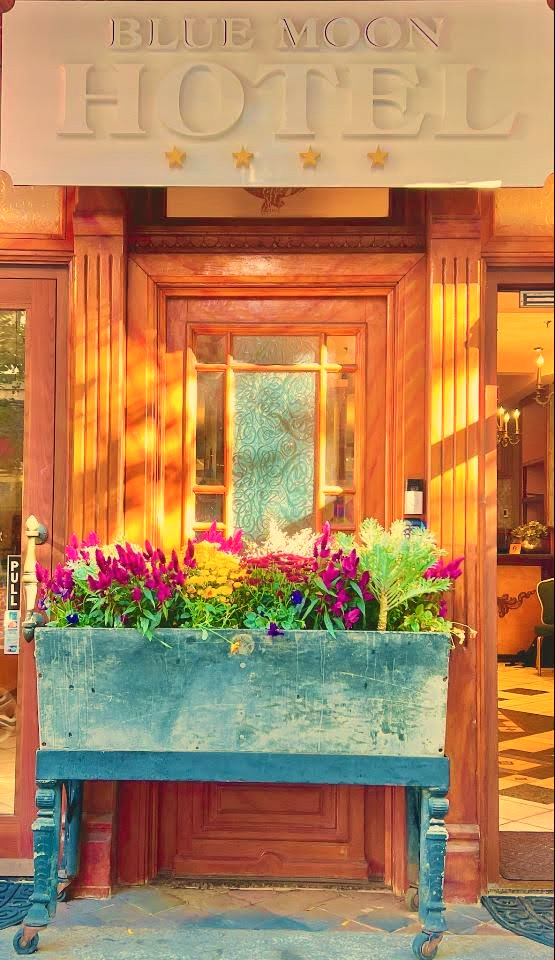Randy Settenbrino, Owner and Artist behind the Historic Blue Moon Hotel Project, gives an exclusive interview.

Immigrants. New York City’s Lower East Side as the backdrop of the origins of today’s Historic Blue Moon Hotel, demands its captivating story be told where once, it was the last Jewish Tenement on Orchard Street, has been meticulously restored by artist and developer Randy Settenbrino. He had the vision and fortitude to bring the project to fruition, only because his devotion to family, history and community serves to enhance the esprit of the neighborhood’s life and times, where such showcases the lives led in real time.
Q: Aside from the vast media triumph i.e. National Geographic Traveler, New York Magazine’s Critics Pick, CitySearch: Best Boutique Hotel, Rizzoli's Best 100 Little Hotels, what pleased you most about the project?
A: As artist, I’m most excited to provide a genuine encounter to step back in time to provide a means to experience how art and history can collide into elegant design.
Q: You received no monetary remuneration from the powers that tout preservation, yet the cost of a work of art, akin to a public work project, not to mention the pandemic, is enormous. How have you managed to overcome the economic obstacles for such a dedicated and devoted project?
A: We rely on the power of G-d and consistent efforts to enrich our story. We now have an onsite 1930’s style Sweet Dreams Cafe bakery, wine bar, and a gift shop for patrons who want to own a piece of the Blue Moon memorabilia or a print of my work, can also order online at https://www.bluemoon-nyc.com. Accolades and news articles help empower our brand but, ultimately it is patronage that grants us the capacity to continue our museum as a hotel.
Q: “You state “The Historic Blue Moon Hotel venerates our immigrant ancestors’ way of life and communes the essence of their time and place.” How so?”
A: It was not just the artist that was more sensitive but society in general.” Communion equaled craftsmanship: work was a calling and people took pride in their trade masons, blacksmiths, carpenters, milliners, and dress makers. Artisanal objects require contemplation, focus and concentration. Their products had strength, beauty, longevity; if broken were refurbished and passed down. Daily life was a communion, everything had the human touch and so the interconnectedness was omnipresent. People were solid in dress code and decorum, solid and stoic, facing dangers and often tragedies with great fortitude and resolve. There was greater spiritual communion with God and man. Family was sacred; husband, wife, elders, and neighbors were honored. There was more trust; everyone knew who they were and what was expected of them. When you see the tenement collages on display you can feel the wholesomeness of the previous generations. The lives, loved and lost at 100 Orchard Street.
